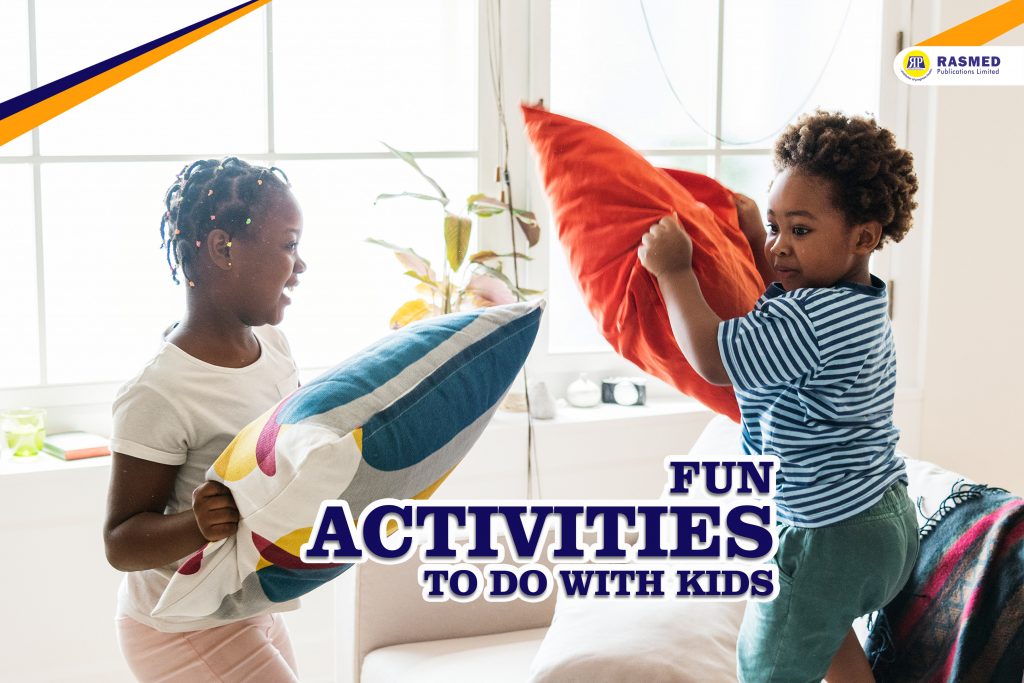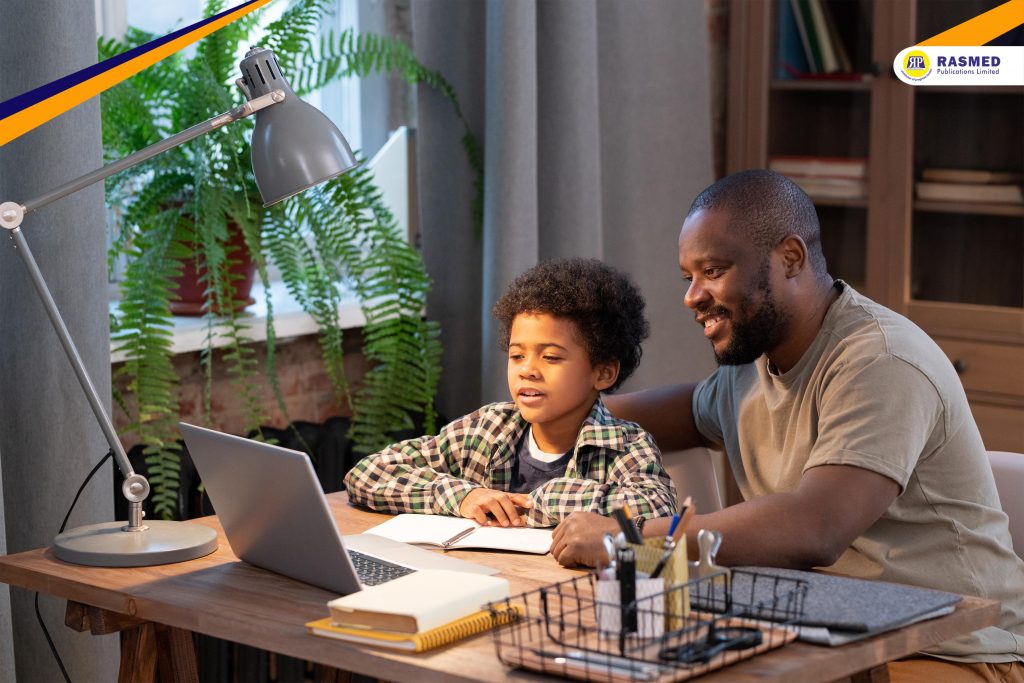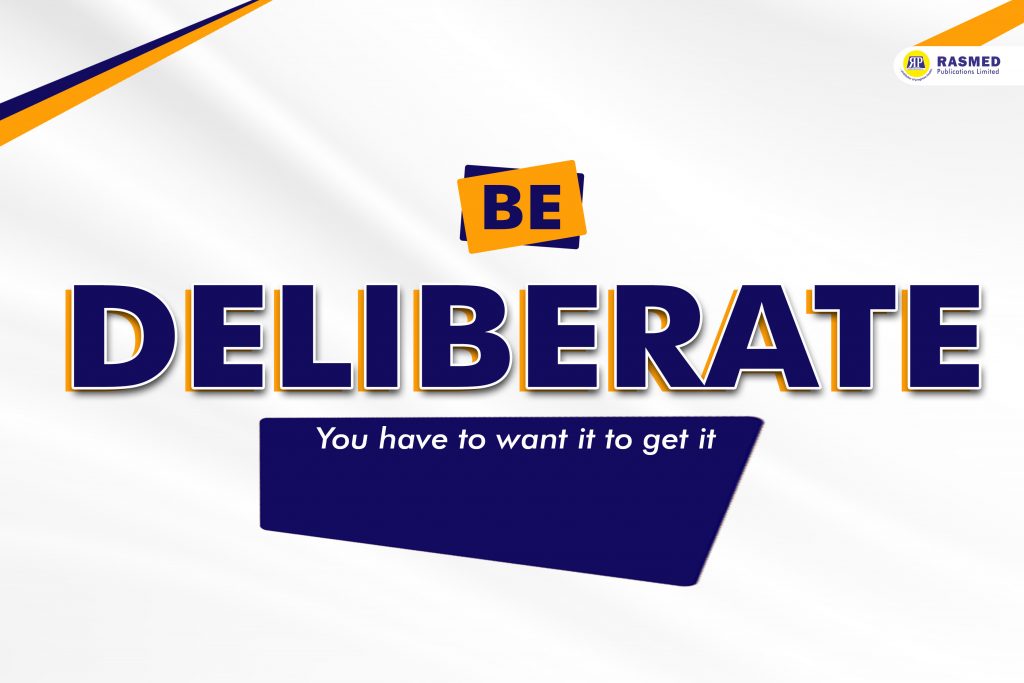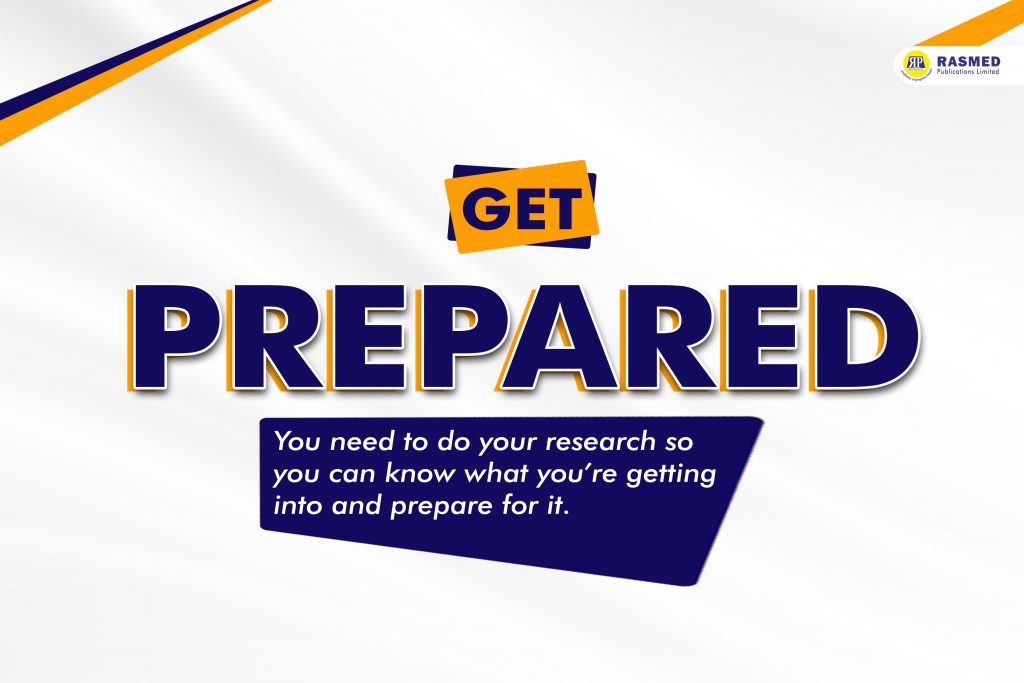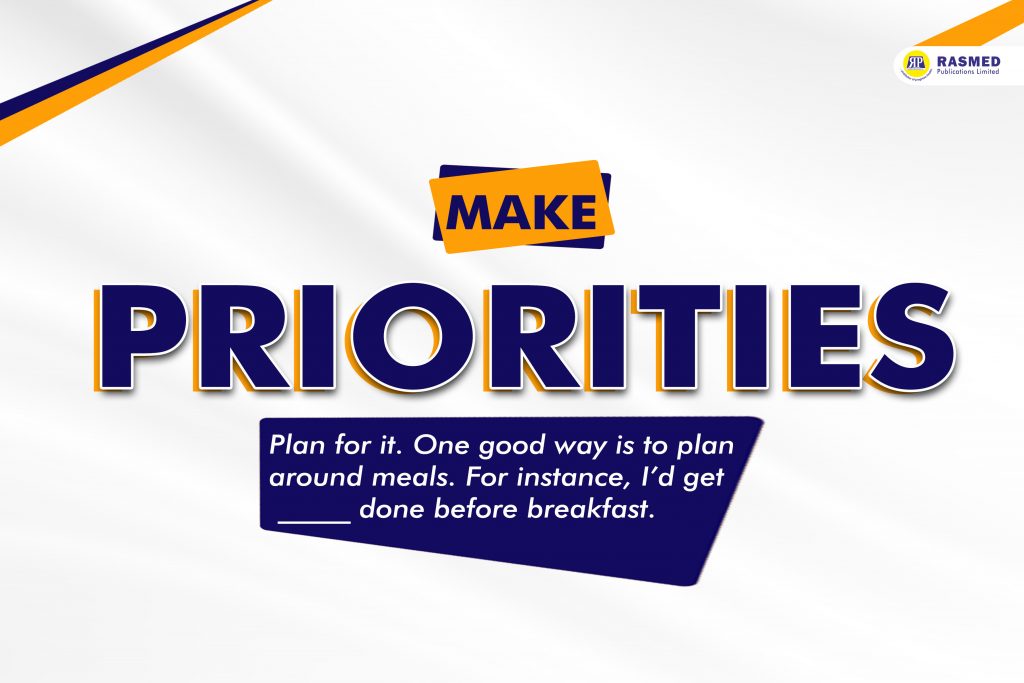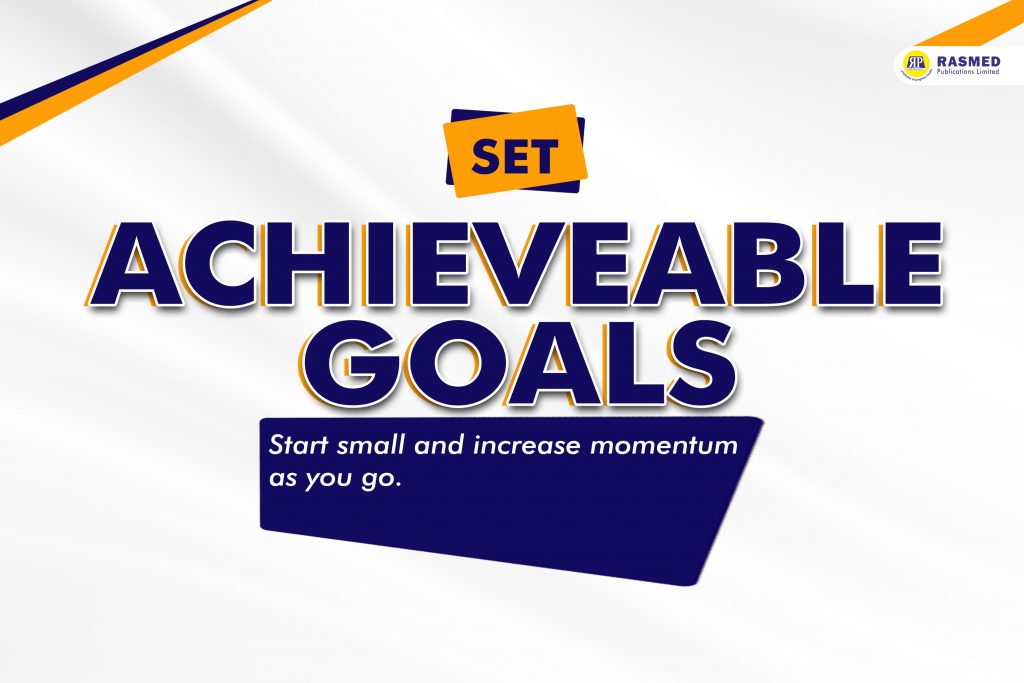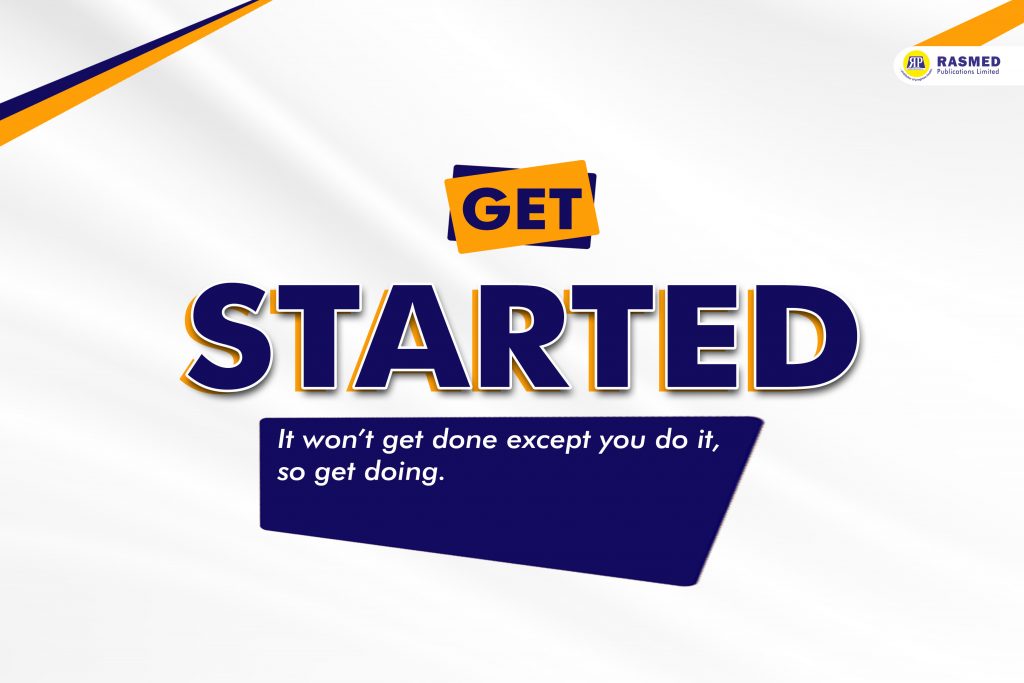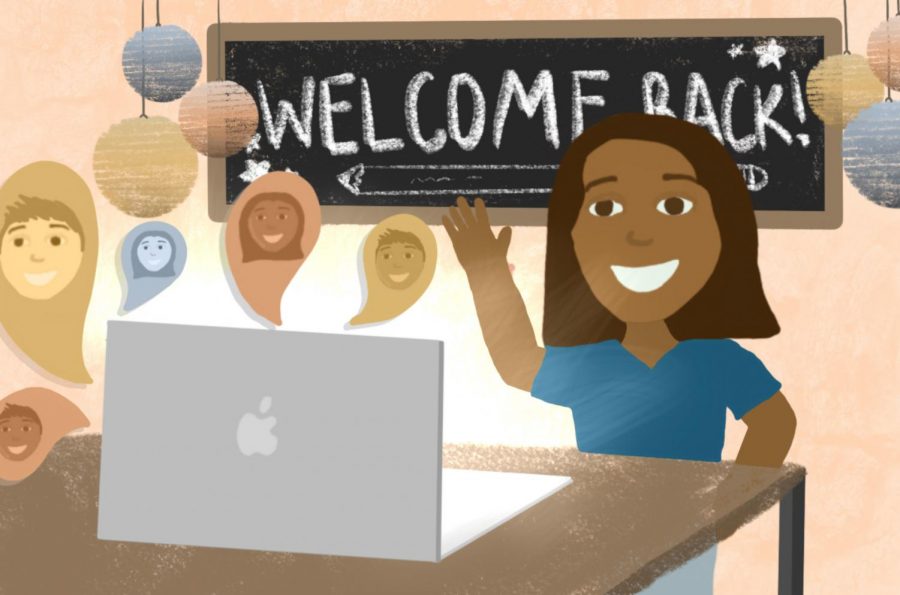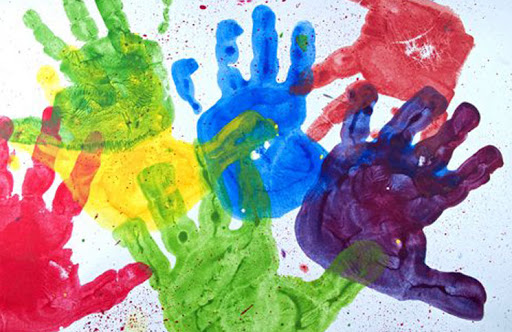Have you heard the popular saying “Do Not Judge a Book by Its Cover?” It is absolutely correct but only on a more profound level. Sometimes it does not apply, especially when you are looking to buy textbooks. So, here are 5 things to look out for when buying textbooks, before you even consider their contents.
5 things to look for when buying textbooks
- Binding– The binding is what holds the textbook together. A poor binding will mean that the textbook is not durable and may not stand the test of time especially in the hands of children. Make sure that the textbook opens up properly without the binding breaking and that the pages do not come off with little pressure.
- Print quality– This is a textbooks overall look and presentation. Check if it is neatly trimmed? Is the colour vibrant and consistent? Are you encouraged to pick it up just by looking at it? Does the cover page have the right picture or illustrations? All these are features put in place to ensure that the textbook appeals to the category of users it is designed for.
- Paper quality– You have probably used or come across a textbook that tore at the slightest flip of a page. Simply flipping through the pages will show whether it is made with quality paper. It should be easy to thumb through, right on if needs be and withstand possible pressure.
- Legibility of text– With the rise in eye deficiencies it is important pick a textbook that is clear and easy to read. Pay attention to the fonts, colouring, spacing, paragraphing, clarity and margination. Consider the users and their different sight conditions. So, make sure that the text a bold and bright enough for everyone to read with ease.
- Page numbering– For ease of use, it is important that the pages of textbooks are numbered accurately. Check that the numbering is clear and placed in a part of the textbook where it can be spotted easily.
Okay, now you are ready to buy the right textbooks with these 5 things to look out for. Visit our catalogue and take your pick.

